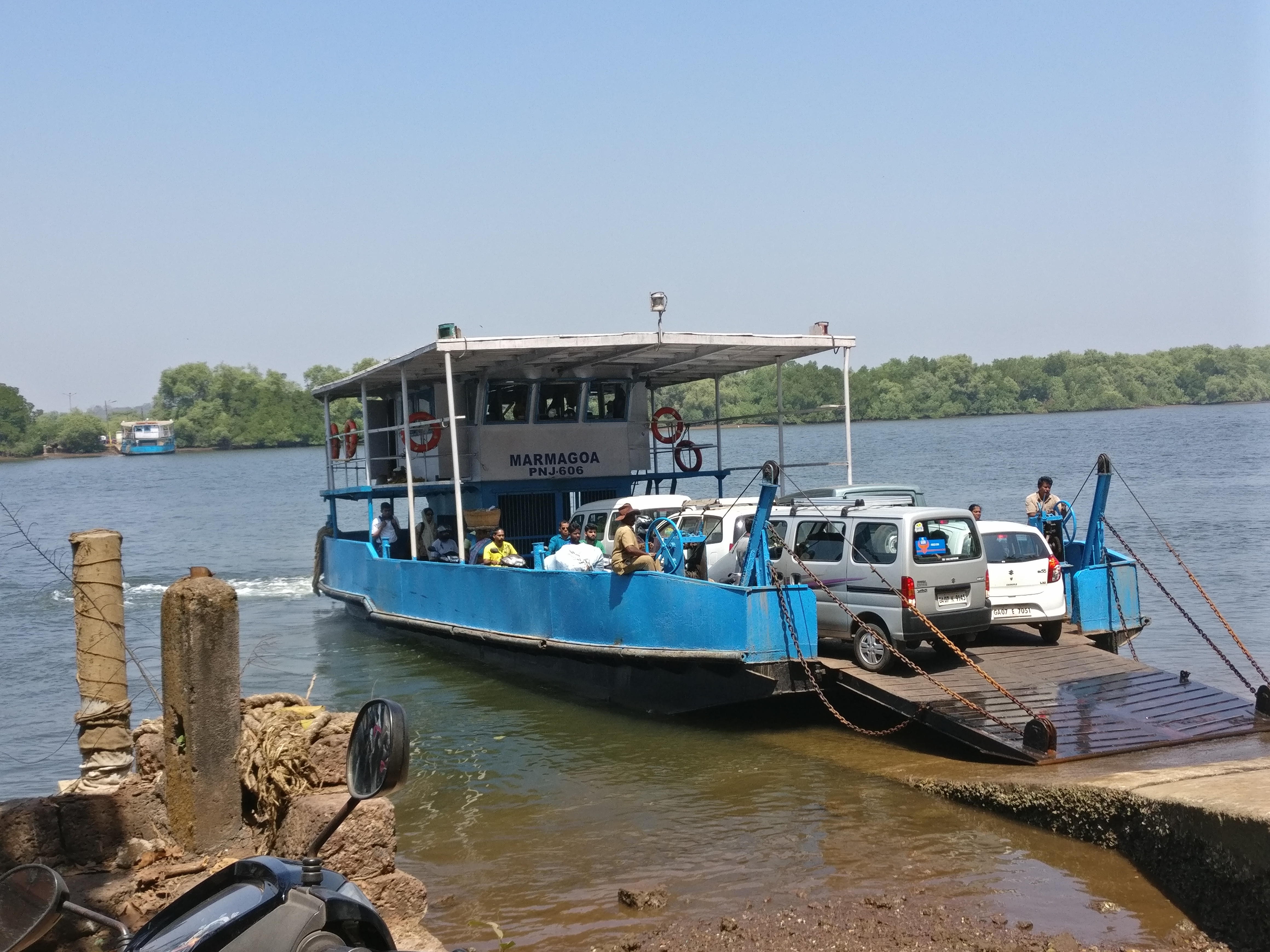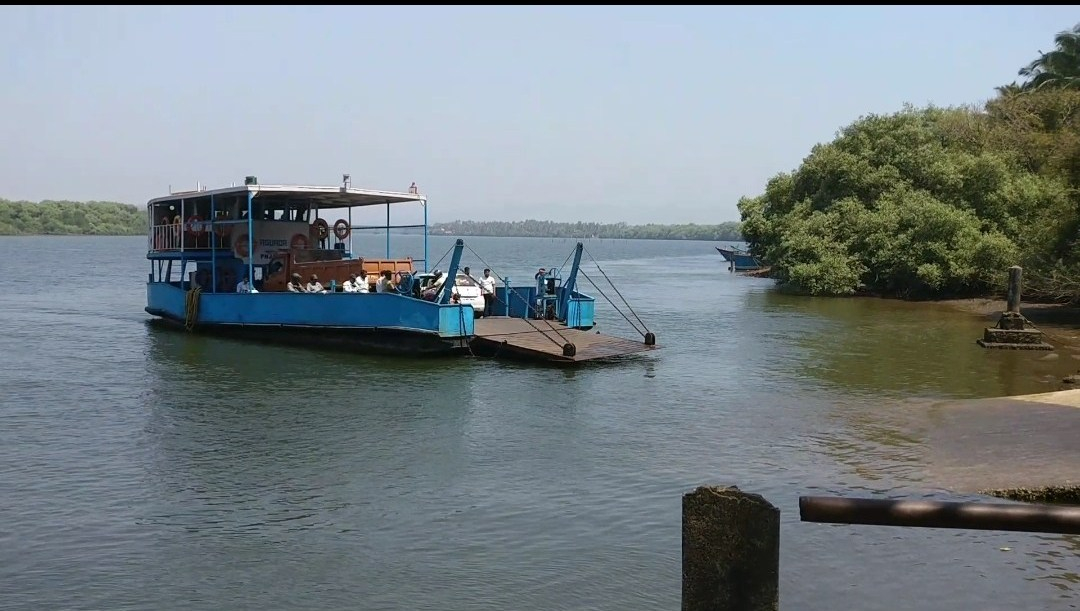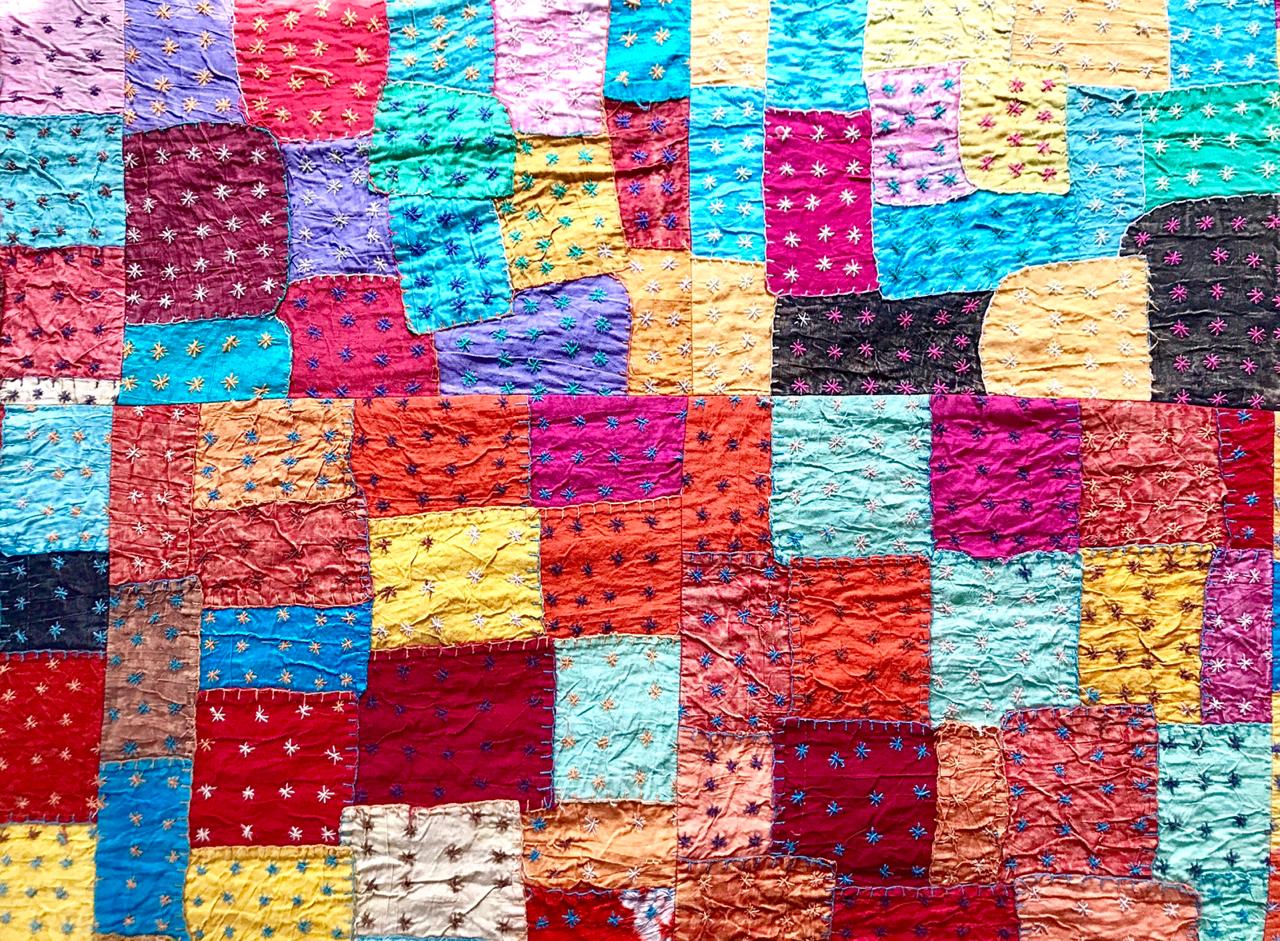Goa is endowed with natural waterways that are navigable throughout the year. A lot of commercial activities as well as enterprising travel and tourism activities take place using the vast network of waterways, making Goa well-connected. Crisscrossing this tiny state are the major rivers like Mandovi, Zuari, Sal, Terekhol and Chapora that flow past the remotest villages and islands of the state thus easing the travel time of many people. Government and private run cruises for tourists and floating Casinos fill the Panjim coastline giving a boost to the tourism development in the state.
Identifying the need to tap the waterways, ferry services were established during the pre-liberation times which are still very popular and are essential commuting service in the state. Taken care of by River Navigation Department (RND), Government of Goa, there are 19 ferry crossings across Goa and catering to people as well as vehicles which are ferried across the river at the same time. Services in some places start from 5:00 am and end as late as 2:00 am in some places. According to the River Navigation Department, around 2.5 lakh commuters and 18,000 vehicles use ferry services across Goa.

Living in Panjim, some of our Sundays go into exploring the island of Divar which is connected only by a ferry. Of the many things that excite us during our expeditions is the ferry crossing. There are two terminals to go to Divar – one from Ribandar and the other from Old Goa. Both offer quick and very prompt service and the entire crossing lasts for not more than 5 minutes. Every ferry has a ticket collector and a driver employed by the Government of Goa. While cars are ticketed for as low as Rs 7-10, it is free for people who use the service. Manoj, a ticket collector on one of the ferries smiles when I ask him about the ticket price. “It is a government service. Fuel and salaries are borne by government.”

Many islands like Charao and Divar are only connected via waterways and a large number of residents of these islands commute every day using these shuttles. Generations of families have lived on these islands and ferry crossing has been part of their lifestyle. While many, especially the younger generation, find it inconvenient to depend on these shuttle services for obvious reasons, there are several who are resisting the construction of bridges across the rivers. For a large number of people, it is the fear of the rapid commercialization that Goa has been experiencing for the last couple of decades with the ‘intrusion’ of ‘the outsider’ (bhaile in Konkani). Anthony, a resident of Divar is torn between the idea of better transportation facilities and preserving the resources of the island. “Our families have been living here for generations. Sometimes when there are delays in the morning on the way to work because of crowded ferries or a breakdown of the ferry, our day is disrupted. That’s when I feel the need for a bridge,” he says. Many like him prefer a quiet and serene rural environment far from the temptation of the hustle and bustle of a commercialized city. Some ferry crossings like the one between Kerim-Tiracol and Panaji-Betim also have bridges but many still prefer a ferry to save fuel and time.
With all its temporary hitches and snags, a ferry ride is still one of the most romantic aspects of a Goan lifestyle. Whether you are a tourist or a local resident, enjoy some lazy moments on a ferry boat for that unique Goan experience.

Thrilling! This reminds me of the private ferry services across Godavari in AP by ‘Pantu’ which carries trucks, cars and people.
Yes I heard about that during family conversations. Please do write about such episodes/memories so we get a peek into those days.